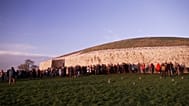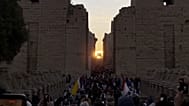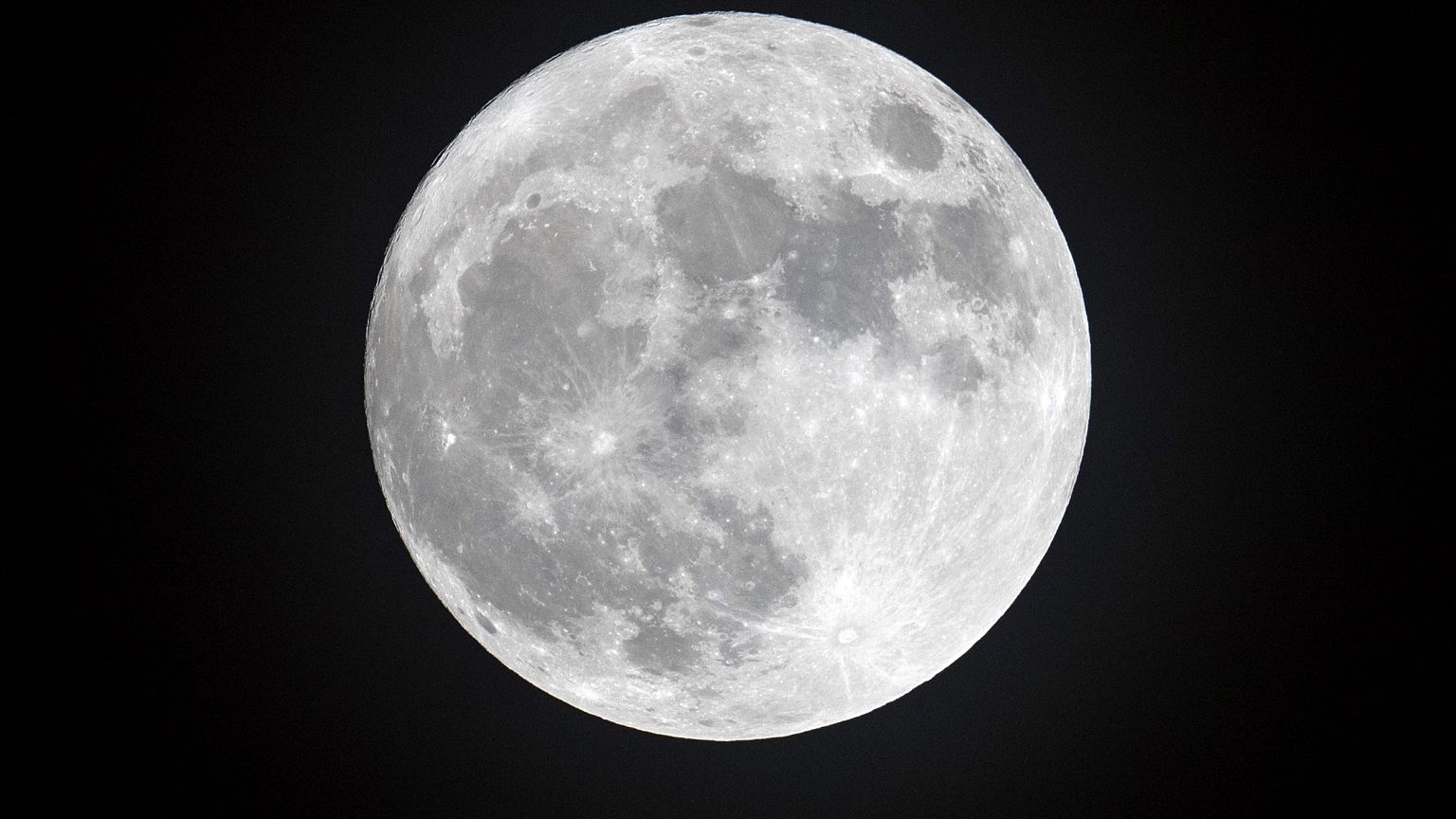The timing may seem ominous, but there's no reason to be spooked by this skywatching event.
A full "harvest moon" will be visible in the night sky this Friday the 13th and the following day, and though the timing sounds a bit ominous, there's no reason to be spooked by this skywatching event.
This full moon is a so-called mini moon because it occurs when the moon is at its most distant point in its elliptical orbit around Earth, a point some 252,000 miles away that astronomers call lunar apogee. When the opposite occurs — when the moon turns full at its nearest point to Earth, called lunar perigee — it becomes a supermoon.
Though mini moons — also known as micromoons — appear smaller and fainter than moons at other points in the lunar cycle, the differences are usually too subtle to be noticed with the naked eye. "It will look a bit smaller and about 13 percent fainter than average, but it's not a huge effect," said Patrick Hartigan, an astrophysicist at Rice University in Houston.
In the Northern Hemisphere, September's full moon is traditionally called the harvest moon because it occurs close to the peak of the fall harvest season. "There are several nights in a row where, right after sunset, the moon will hang near the horizon," Hartigan said. "That's why people used that as natural light to help them with the harvest."
Space
For skywatchers in the Pacific, Mountain and Central time zones, the moon will turn full on Friday evening. For those in the Eastern time zone, it will turn full just after midnight on Saturday morning. But Hartigan recommends heading out early to catch the moon as it emerges. "I would go out soon after sunset — you want to try maybe a half hour after the sun goes down," Hartigan said. "You should be able to get a nice view of the moon for several nights in a row and watch it rise."
No special equipment is needed to view the moon, of course, though binoculars allow you to make out features such as craters and lava fields on the lunar surface.
It's rare for a full moon to coincide with Friday the 13th. The last time the two events synced up across the entire nation was on Oct. 13, 2000. The next time will be on Aug. 13, 2049.
Want more stories about science?
- Are we living in a simulated universe? Here's what scientists say.
- Einstein showed Newton was wrong about gravity. Now scientists are coming for Einstein.
- Scientists are searching for a new universe. It could be sitting right in front of you.
Sign up for the MACH newsletter and follow NBC News MACH on Twitter and Facebook and Instagram.















